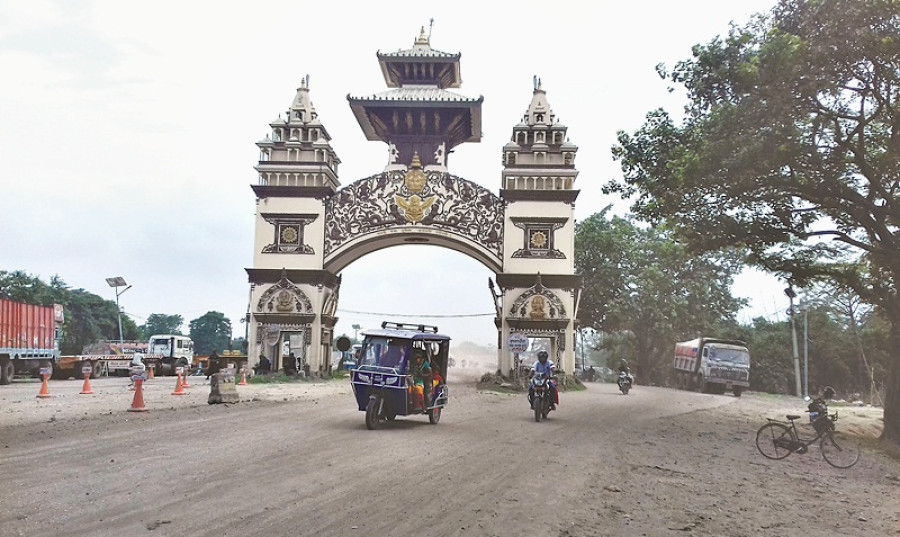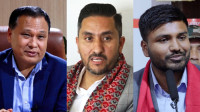National
Nepali, Indian experts propose ‘smart border’ to limit crossings
In an attempt to check infiltration, curb criminal activities, and maintain records of people crossing on either side of the border, the Eminent Persons’ Group on Nepal-India Relations has recommended establishing “smart borders” limiting cross-border movements only through designated points.
Anil Giri
In an attempt to check infiltration, curb criminal activities, and maintain records of people crossing on either side of the border, the Eminent Persons’ Group on Nepal-India Relations has recommended establishing “smart borders” limiting cross-border movements only through designated points.
At present, people who cross either side of the Nepal-India border do not have to produce any kind of identity cards and there are no prohibited entry or exit points.
But, according to a classified report seen by Nepali officials and the details of which were obtained by the Post, a panel of experts from both countries has recommended making electronic national identity cards mandatory as well as limiting movement to designated border points only.
If the EPG’s recommendation goes through, Nepal and India will work on installing equipment along the border while both countries issue electronic ID cards to its citizens. The two countries would then determine the kind of documents—passports, driving licence, or any other identity documents—that can be used to replace the electronic identity cards. Both Nepal and India have machine readable passports, but neither nation has digitised national identity cards, voter IDs, or driving licences.
The official, who spoke to the Post on condition of anonymity because they were not allowed to divulge details of the draft, said the report does not justify why the border should be transformed into “smart border” and how that can be implemented. Nepali officials called the proposal “ambitious” and that it would take years to implement the plan even if both governments agree to go ahead with the proposal.
“People living near the border want it to be open, without any restrictions, because they have relatives and businesses on either side of the border,” said Nischal Nath Pandey, a foreign policy expert. “So in these cases, we do not know how the governments will ensure this harmony.” He added that both sides should take feedback from the public before reaching a decision.
In several rounds of talks that have been held since 2016, Nepali representatives have insisted that the border is not open as envisaged by the Peace and Friendship Treaty of 1950 because India has been regularly deploying border security force and setting up immigration offices across the border.
The Eminent Persons’ Group was established in 2016 by Nepali and Indian governments to work on a mutually agreed document within two years, and recommend ways to strengthen bilateral ties. The EPG has the mandate to look into five broad areas of bilateral relations—politics, government-to-government ties, development cooperation, economic deals, and cultural relations. The two neighbours first agreed on forming the EPG during Indian Prime Minister Narendra Modi’s visit to Nepal in August 2014.
The official, who shared details of the document with the Post, said the panel has not suggested any particular measures on which border points should be shut down and which should be open for regular movements.
The EPG has had nine meetings in Kathmandu and New Delhi in the last two years, with experts from both sides vehemently pushing for border regulation, particularly cutting down the number of existing entry and exit points. The panel has also urged both governments to determine the number of entry and exit points at the border so that citizens from both sides are not affected. Following their meeting in Kathmandu last month, the EPG members said they would submit the report to leaders from both countries at a later date.




 6.81°C Kathmandu
6.81°C Kathmandu







%20(1).jpg&w=300&height=200)






